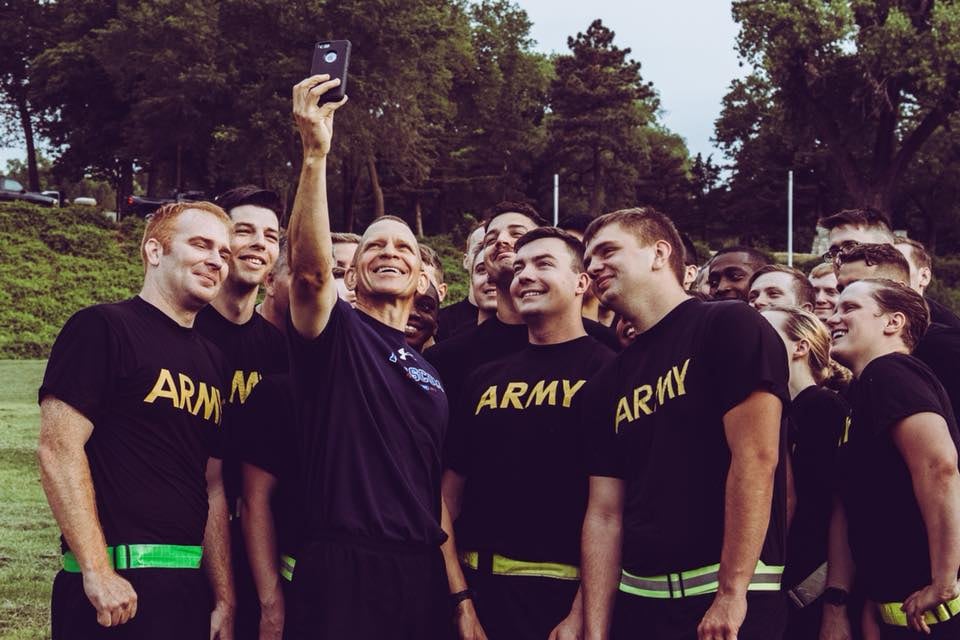The new sergeant major of the Army, Michael A. Grinston, is looking at ways to strengthen squad-level cohesion among soldiers during his tenure.
The new SMA wants to find and replicate the model of strong, cohesive units across the Army by focusing on the positive aspects of being a soldier. Doing so will hopefully address ongoing problems, including sexual harassment and assault, suicide prevention and domestic issues, while also building on Army readiness priorities like preparing soldiers for the new fitness test.
Grinston hopes that at least some of those problems can be addressed by instilling a certain mindset into soldiers, and squad leaders in particular: “This is my squad, and I don’t let anything happen to them."
He has started to float a “This is My Squad” initiative that will compliment the “Not in My Squad" campaign, or NIMS, brought about by his predecessor.
NIMS aimed to help junior leaders fight sexual misconduct and other issues through an optional online assessment that offered training material to either reinforce strengths of a squad or give areas to improve based on user responses.
Grinston already pitched his idea at the Maneuver Conference in mid-September at Fort Benning, Georgia, and is looking to get more people on the Army staff involved as he settles into his new role.
“I want ‘This is My Squad’ to be inculcated across the Army,” he said.
It hasn’t been codified in a memo or document at this point, but an example of what the campaign is aiming to reproduce can be found among Army special operations forces, like those at the Ranger regiment and on Green Beret ODAs.
“Those are really tight, cohesive teams,” Grinston said. “So, we have to look at how they bring in their people. ... When they train, they train real hard, and there’s not a lot of wasted time in there. So, we’ll go out, and we’ll start off with physical fitness together, and it’s going to be hard and challenging.”
“Shared hardships build cohesiveness,” he added.

Beyond PT sessions, Grinston’s push would involve encouraging squads to grab meals together, check in on teammates’ personal lives and sometimes just asking, “Okay, how are you doing? How was that event you went to last night?” or, “How is your wife doing?”
Cohesion begins with introducing new troops to a unit.
“You can’t just come in and go, ‘Okay, there’s the office. That’s the squad leader,'” Grinston said. “When I bring a soldier into my squad, I’m going to show them where the PX is, I’m going to show them where the healthcare is, I’m going to show him: ’Here are the good places; here’s the bad.'”
And of course, “when we go out, we’re going to have fun together,” Grinston added.
A lot of soldiers and squad leaders already practice this mindset. The new SMA’s objective is to amplify it across the force.
Kyle Rempfer was an editor and reporter who has covered combat operations, criminal cases, foreign military assistance and training accidents. Before entering journalism, Kyle served in U.S. Air Force Special Tactics and deployed in 2014 to Paktika Province, Afghanistan, and Baghdad, Iraq.





